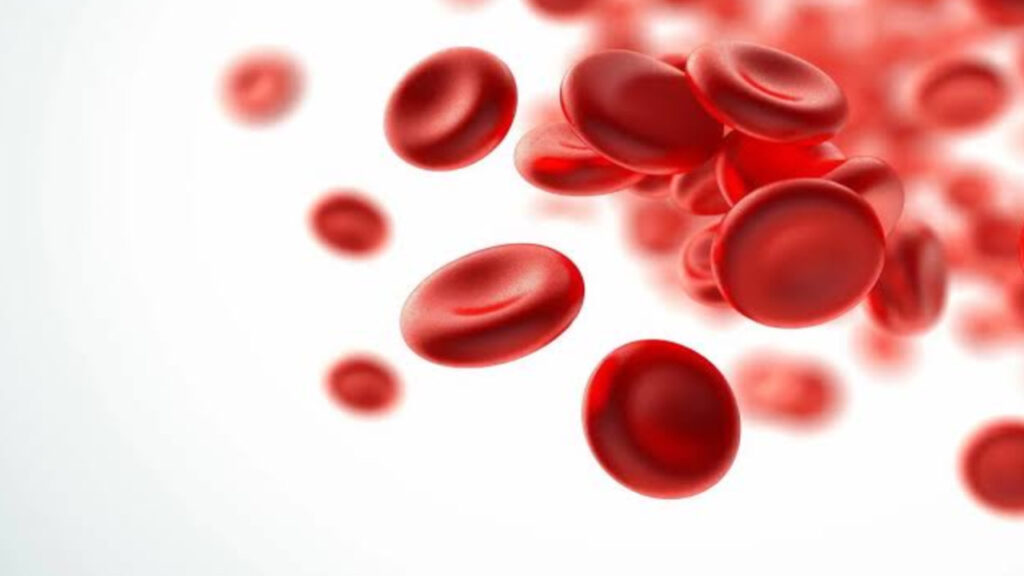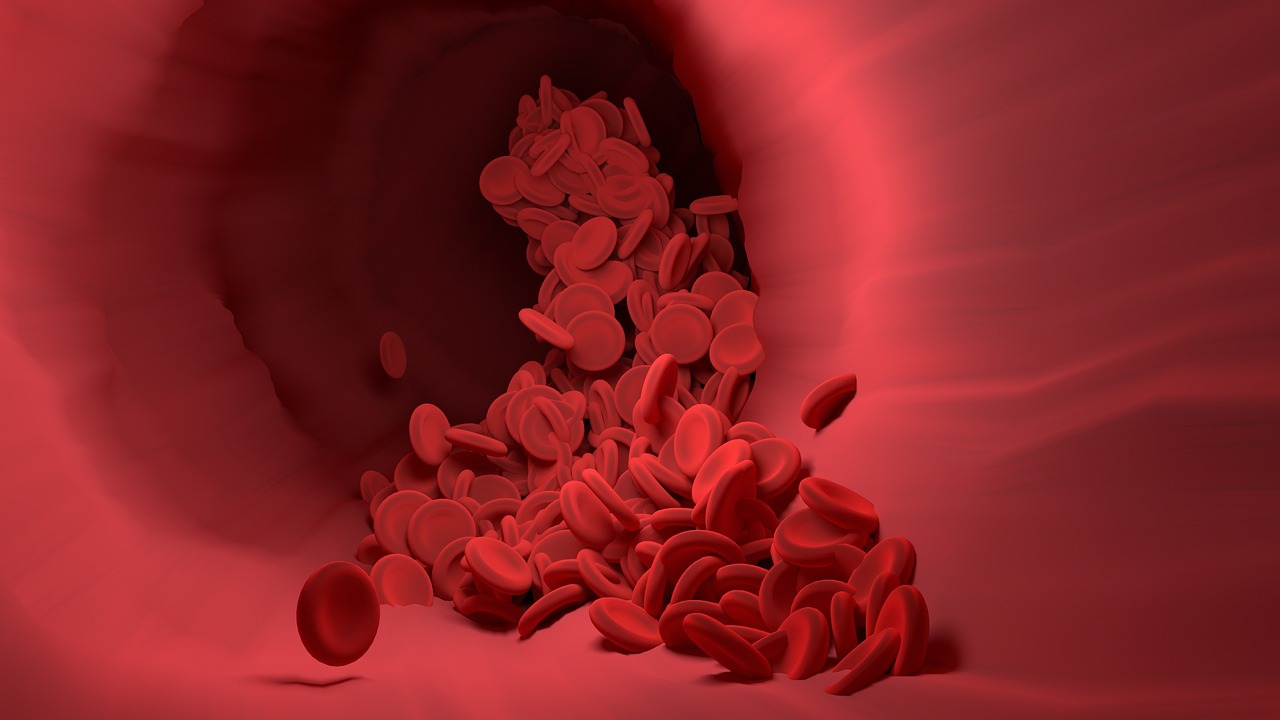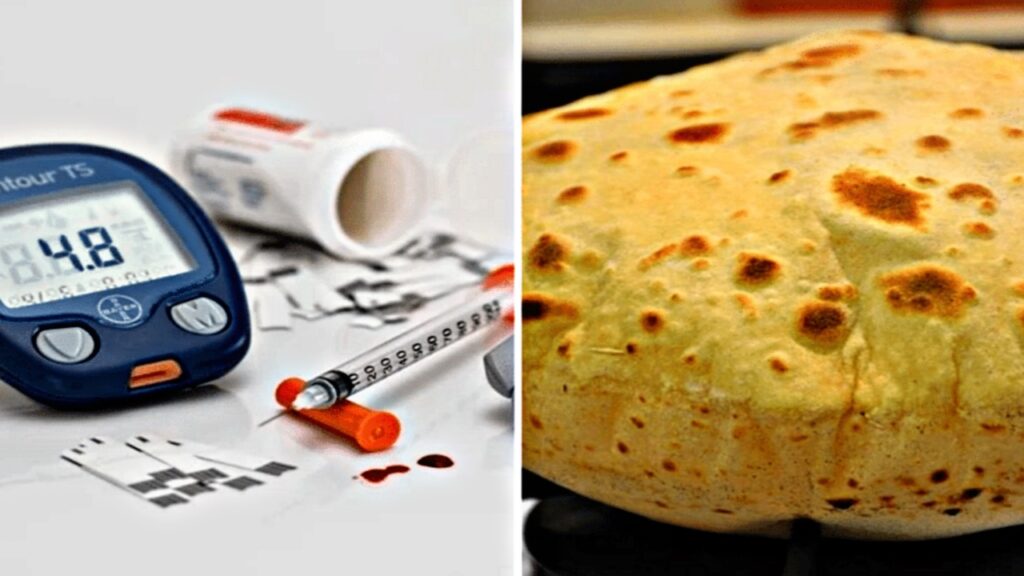Health
The human body is a complex and well balanced system, and blood plays a crucial role in keeping everything running smoothly. It carries oxygen, nutrients, hormones, and waste materials to and from different parts of the body. But have you ever wondered how much blood an average person actually has?

How Much Blood Does the Human Body Have?
On average, a healthy adult has about 4.5 to 6 liters of blood, which makes up approximately 7-8% of their body weight. The exact amount depends on a person’s size, gender, and overall health. Men usually have slightly more blood than women because of larger body size and muscle mass. Children, of course, have less about 1.2 to 1.5 liters, depending on their age and weight.
If a person loses more than 15-30% of their total blood volume, it can lead to symptoms like weakness, low blood pressure, dizziness, and confusion. In extreme cases, it can be life threatening. That’s why maintaining healthy blood levels is so important.

Causes of Low Blood Levels
Low blood levels, especially hemoglobin and red blood cells, can be caused by several factors:
- Poor diet (lack of iron, B12, or folic acid)
- Blood loss (due to injury, surgery, menstruation, or internal bleeding)
- Chronic diseases
- Bone marrow disorders
The condition most commonly associated with low blood is anemia.
What to Eat to Increase Blood Levels
If you or someone you know is suffering from low blood levels, the good news is that the right diet can help significantly. Here are some foods that are known to help increase blood production:
- Iron-Rich Foods: Iron is essential for hemoglobin production. Include spinach, beetroot, pomegranate, red meat, liver, lentils, pumpkin seeds, and chickpeas in your diet.
- Vitamin C: This vitamin helps your body absorb iron better. Add citrus fruits like oranges, lemons, and amla, as well as tomatoes and bell peppers.
- Folate-Rich Foods: Folate is a type of B vitamin that helps in red blood cell formation. Foods like broccoli, avocados, bananas, and leafy greens are great choices.
- Vitamin B12: It helps in the production of red blood cells. Eggs, dairy products, fish, and fortified cereals are good sources.
- Beetroot Juice: Drinking beetroot juice regularly is a traditional and effective remedy for boosting hemoglobin.
Final Thoughts
Our blood is truly our lifeline. Maintaining a healthy diet full of iron, vitamins, and minerals can go a long way in keeping our blood levels stable. If symptoms of low blood persist, it’s always best to consult a doctor for proper diagnosis and treatment.





